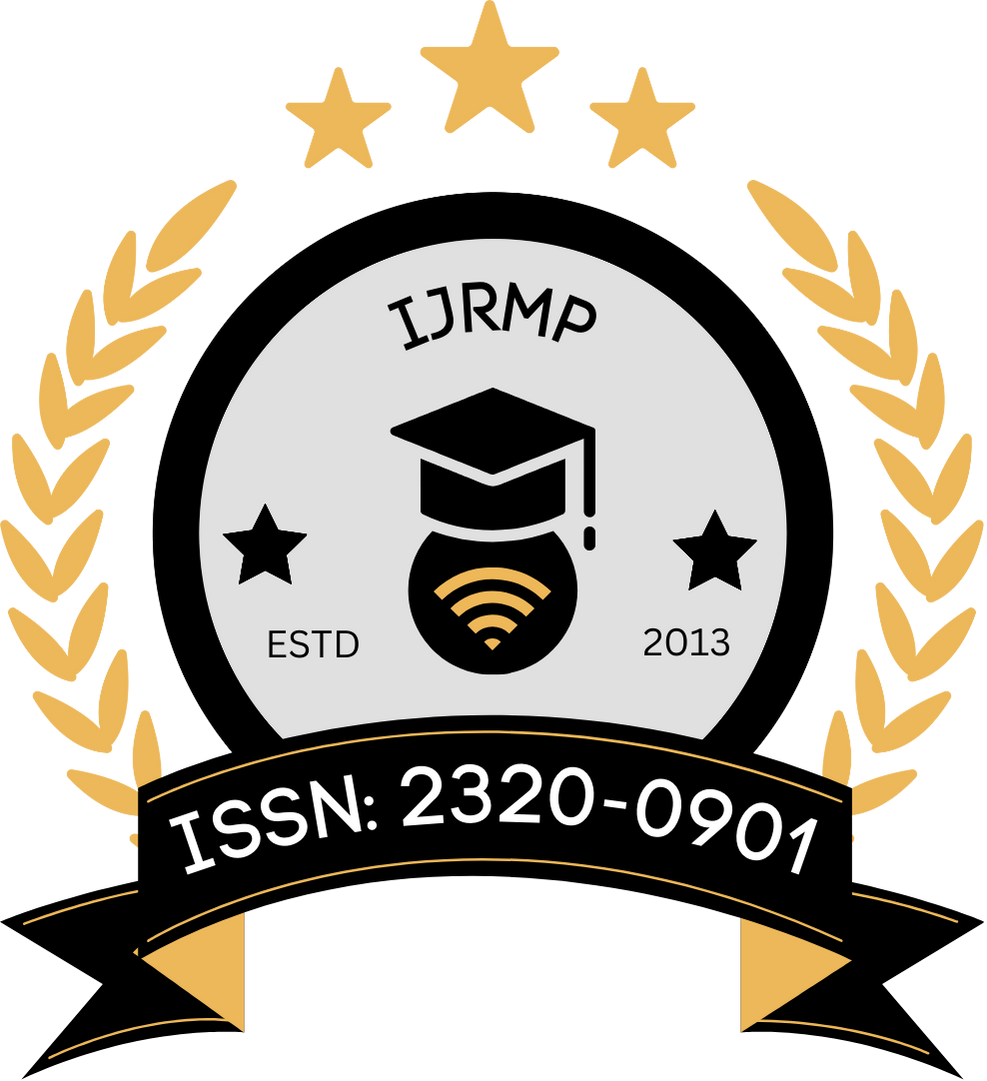![]()
Swati Kulkarni
Independent Researcher
Maharashtra, India
Abstract
The pharmaceutical industry has long faced challenges related to transparency, inefficiencies in drug discovery, and centralized decision-making structures. Decentralized Autonomous Organizations (DAOs), enabled by blockchain technology, offer a transformative model for managing collaborative research, funding, intellectual property (IP) governance, and clinical data transparency. This manuscript explores the conceptual foundation of DAOs, their historical relevance to pharmaceutical innovation, and their potential to democratize research efforts by aligning stakeholders through token-based voting, smart contracts, and trustless data sharing. By examining technological capabilities and academic discourse, this study critically analyzes the suitability of DAO structures for clinical trials, open drug discovery, and decentralized funding of neglected disease research. The literature review surveys early blockchain experimentation, collaborative research networks, and open science platforms. The methodology includes a qualitative assessment of case analogs, simulated DAO frameworks for pharma use, and stakeholder analysis. Results indicate that DAO models could improve transparency, cost-effectiveness, and participation diversity in pharma R&D. However, practical implementation was limited before 2015 due to technological immaturity and regulatory ambiguity. This paper concludes by positioning DAOs as a viable future framework for ethical and distributed pharmaceutical innovation.
Keywords
DAOs, pharmaceutical research, blockchain, decentralized governance, open science, smart contracts, drug discovery, clinical trials, research funding, intellectual property
References
- Buterin, V. (2014). DAOs, DACs, DAs and More: An Incomplete Terminology Guide. Ethereum Foundation Blog. https://blog.ethereum.org/2014/05/06/daos-dacs-das-and-more/
- Swan, M. (2014). Blockchain: Blueprint for a New Economy. O’Reilly Media.
- Szabo, N. (1997). The Idea of Smart Contracts. http://www.fon.hum.uva.nl/rob/Courses/InformationInSpeech/CDROM/Literature/LOTwinterschool2006/szabo.best.vwh.net/smart.contracts.html
- Light, D. W., & Warburton, R. (2011). Demythologizing the high costs of pharmaceutical research. BioSocieties, 6(1), 34–50. https://doi.org/10.1057/biosoc.2010.40
- Benkler, Y. (2006). The Wealth of Networks: How Social Production Transforms Markets and Freedom. Yale University Press.
- Lakhani, K. R., & Panetta, J. A. (2007). The principles of distributed innovation. Innovations: Technology, Governance, Globalization, 2(3), 97–112.
- Bollier, D. (2008). Viral Spiral: How the Commoners Built a Digital Republic of Their Own. New Press.
- Maurer, S. M., Rai, A. K., & Sali, A. (2004). Finding cures for tropical diseases: Is open source an answer? PLoS Medicine, 1(3), e56. https://doi.org/10.1371/journal.pmed.0010056
- Hope, J. (2008). Open source genetics: Conceptual roots and experimental practices. Creative Commons. https://creativecommons.org/licenses/by-nc-sa/3.0/
- Eisenstein, M. (2014). Open-source pharma. Nature Biotechnology, 32(9), 847–849. https://doi.org/10.1038/nbt.3001
- Tapscott, D., & Tapscott, A. (2015). The Impact of the Blockchain Goes Beyond Financial Services. Harvard Business Review. https://hbr.org/2015/05/the-impact-of-the-blockchain-goes-beyond-financial-services
- Pisani, E., & AbouZahr, C. (2010). Sharing health data: good intentions are not enough. Bulletin of the World Health Organization, 88(6), 462–466. https://doi.org/10.2471/BLT.09.074393
- Gøtzsche, P. C. (2011). Why we need easy access to all data from all clinical trials and how to accomplish it. Trials, 12, 249. https://doi.org/10.1186/1745-6215-12-249
- Goldacre, B. (2012). Bad Pharma: How Drug Companies Mislead Doctors and Harm Patients. Fourth Estate.
- (2013). PatientsLikeMe Open Research Exchange. https://www.patientslikeme.com/research
- Wilbanks, J., & Friend, S. H. (2011). First, design for data sharing. Nature Biotechnology, 29(12), 1094–1098. https://doi.org/10.1038/nbt.2054
- Berman, F. (2008). Data sharing in genomics—re-shaping scientific practice. Nature Reviews Genetics, 9(5), 345–349. https://doi.org/10.1038/nrg2366
- O’Reilly, T. (2009). What is Web 2.0? Design patterns and business models for the next generation of software. Communications & Strategies, 1(65), 17.
- Glover, D. (2009). Exploring the Resilience of Open Source Drug Discovery Projects. IDS Working Paper 326, Institute of Development Studies. https://doi.org/10.1111/j.2040-0209.2009.00326_2.x
- De Laat, P. B. (2007). Governance of open source software: State of the art. Journal of Management and Governance, 11(2), 165–177. https://doi.org/10.1007/s10997-007-9022-9
